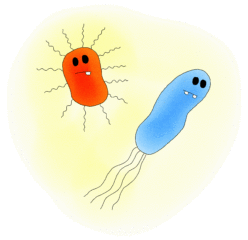Protozoa – The bad guys
If you ever have heard anything about protozoa, it is most likely about their role as terrible germs that can cause serious illnesses in humans. Well-known examples of groups of bad protozoa are:
Plasmodium, which causes Malaria in many tropical and sub-tropical areas of the world.
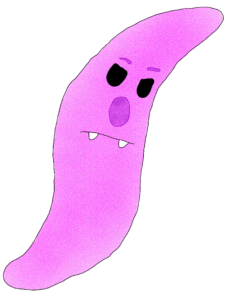
Kinetoplastida, a group of protozoa that includes members that cause Leishmaniosis.
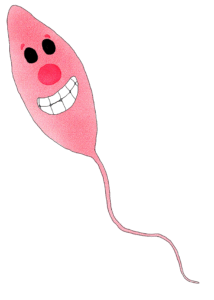
Diplomonodida, whose best-known group member Giardia can be consumed with dirty water and causes diarrhoea and fever.
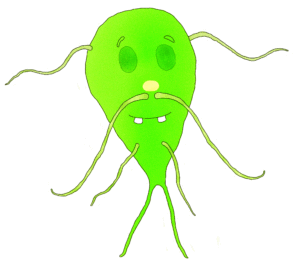
Dinoflagellata, some of which, when occurring in huge numbers, can color the sea pink or even red and also produce powerful toxins that can harm humans when they eat seafood contaminated by such Dinoflagellates.
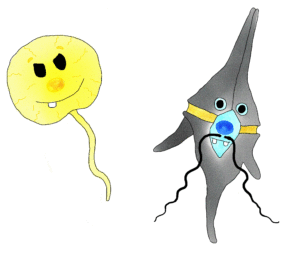
And there are also some other baddies within this group of germs that can harm plants, animals and humans.
But wait a minute, there are also good ones!
In fact, similar to the situation with bacteria, there are arguably way more good protozoa than harmful ones. Did you know for example that chalk, limestone and marble – which are used for constructions and in the chemical industry – are fossilized remains of protozoa called Granuloreticulosa?
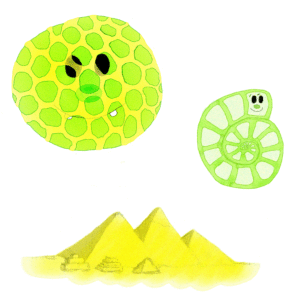 We built this!
We built this!
Protozoa living in the sea, ponds and lakes are the main food source for many other animals, such as mussels, fish (including the massive whale shark) and other animals like some kinds of whales. Without them, the seas would be quite empty.
Others can digest wood and dead organic materials or gobble up the bacteria and fungi that previously ate such materials helping to build new soil where plants can grow. Some of them even fill specialized niches. They live in the guts of insects such as termites, where they help them digest their wooden food.
Overall, they represent a very important, but often overlooked, group of micro-organisms.
OK, but what are Protozoa?
In fact, protozoa are distant relatives to us humans, because they share some similarities with our cells. While they are small, they are much larger than bacteria (about 10 times).
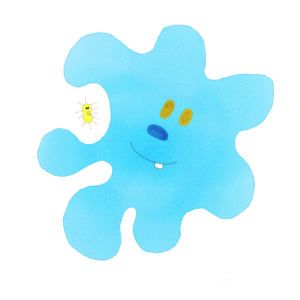
They live as single-celled free-living and very often mobile organisms. They come in many different shapes and forms. Some of them have protective structures surrounding them like armor. Others don’t. Some can change their appearance flowing around and encapsulating food particles. The rest have a more rigid structure.
Most kinds of protozoa live from food particles they digest, but some of them can generate the energy needed for their survival from the sunlight through a process called photosynthesis. This is the same process used by plants to generate energy.
And how can I protect myself from the bad Protozoa?
To find out more about how to protect from the bad ones go to the page about dealing with harmful germs through germ prevention.
